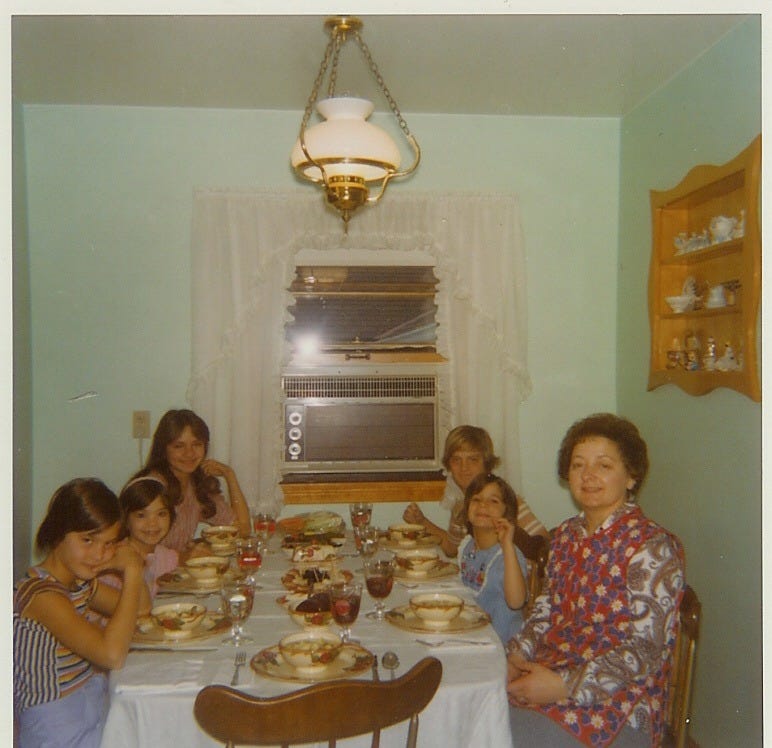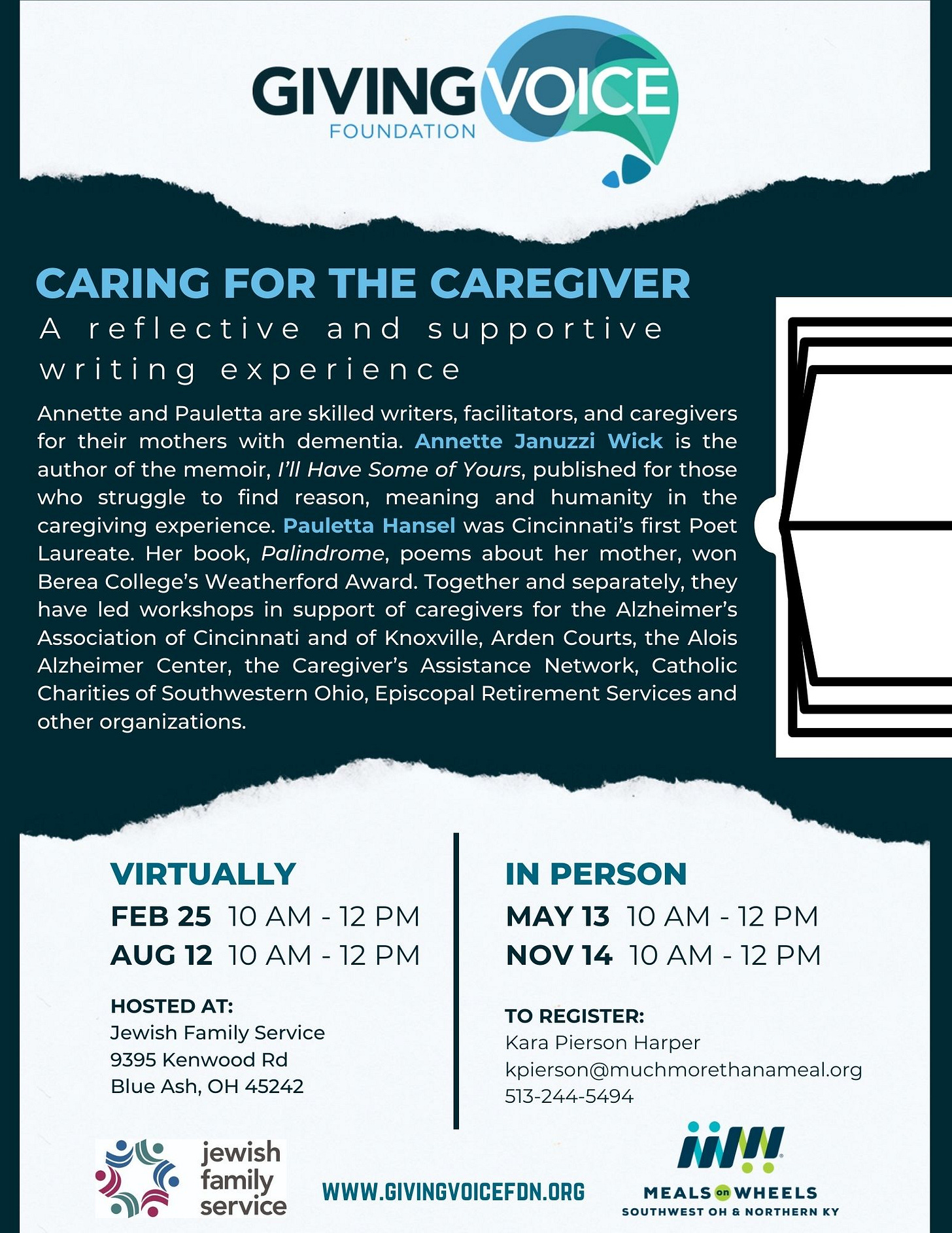Why I'll Wear a Manziel Jersey
Pride was not the only loss I experienced as an NFL (fantasy) football fan.
I lost in our family’s fantasy football league. Last year’s winner was my nephew-in-law, Aaron. As a Browns fan, he won the right to deem how this year’s loser would be punished—to don a Cleveland Browns-Johnny Manziel jersey.
My suspicion is the player was chosen as a joke. Afterall, Johnny Manziel had many less than stellar performances as a Browns player, and a spectacular run as a clown in the media circus that followed.
Digging deep into the internet, memes, and stats, I learned more about the player whose jersey, now in my possession, I would wear as the loser. In doing so, I excavated some deep connections to the Cleveland Browns and why I demonstrated a curious sympathy toward “Johnny Football.”
My four siblings and I grew up thirty minutes outside of downtown Cleveland. Uncle Tony, my mother’s brother, was the quintessential Browns fan, holding tickets on the 50-yard line. With the proverbial cigarette in his mouth, he muttered, “goddamn Modell,” whenever the Browns failed to win. Which was often in the 70s with a 72-70-2 record. My mother was no slacker in this arena, having grown up alongside her brother’s fanaticism. This fervor was passed to us as kids. My mother, who watched the game on the TV, might yell, “Why do they always have to go up the middle?” She wasn’t wrong. My dad watched with a quiet resolution or listened to the broadcast on the radio while shoveling snow, stringing up the Christmas lights along Route 2 with the message Peace on Earth, or in general, when he needed background noise to the loud rants of our sibling arguments, which often involved thrown shoes. Still, the irrepressible nature of any fall-winter Sunday was determined by a Browns win or loss.
In 1980, I was 16, and the Browns began to surprise everyone. They became known as the Kardiac Kids. Fans started paying attention to their playoff hopes, felt stabbed in the gut if they lost. I can’t speak for all my friends; these were the whims within our family that eventually led my older sister and I to adopt the same quirks as young adults in our 20s.
Before that, my older sister, Laura and I, probably my older brother, decided to camp out for playoff tickets one year. Heading to Ticketmaster at Midway Mall (no, it’s not the same as hanging out on your laptop), we arrived around 5 a.m. Tickets went on sale around 10 a.m. It was cold that day, wind chills as usual hovering near zero. We didn’t care. We scored our tickets. If my younger siblings were there, I don’t recall.
On January 4, 1981, Cleveland played the Oakland Raiders at home beneath gray skies while the fans cheered from beneath flannel, stomping their boots encased in dark green plastic leaf bags. The team lost 14-12. The heartbreakers were now shattering our hearts in pieces.
Laura graduated from high school that year, eventually entered OSU and earned a degree in PR/Journalism. Soon, she followed a boyfriend to Cincinnati, and I would follow her after graduating from University of Akron with a computer science degree. From then on, we did everything together.
On Sundays at our apartments in Cincinnati’s city neighborhoods, we gathered to watch the Browns and cook a homemade meal. Sometimes with friends, sometimes only the two of us. Or we stood, alone in the ski-masked winter crowds at the Bengals-Browns game, to cheer on our team. As the Browns went, so did our day, our week, relationships with friends. Something in that connection to the Browns represented home—or our missing of it. Of no sauce bubbling on the stove, of not hearing my mother deride the Brown’s offensive decisions, of not seeing my father sneak away with the transistor radio to hear the crackle of the game in peace.
Our highs and lows began to track those of the Browns.
Something else happened during that time. Laura began to achieve a modest amount of success in marketing for McDonald’s, a yogurt chain, Donato’s Pizza, and eventually, Dayton’s Schuster Center for the Performing Arts. I watched with wonderment. Long-limbed and holding a few inches over me on height, she maneuvered through creative, professional, and political firestorms. My sister, with her brunette locks in waves, danced through these positions with the greatest of ease. We would toast to her success, then she’d find herself at the mercy of small legal entanglements.
Still, she entertained all of us with her magic. She could enrapture the strongest and weakest of humankind. What she could pull out of her sleeves in terms of her artistic and public relations endeavors, her intelligence, of men falling over themselves at her, at co-workers, bosses, friends, falling in love with Laura, was beyond my means of understanding. She could also disappear like a rabbit in hat.
One year, during a PR conference she had attended in college, her photo was snapped alongside the likes of Walter Cronkite and O.J. Simpson. I remember commenting at the time, Laura’s highs are always really high—and her lows are really low.
We shared meals, the mishaps of the Browns, those years of our twenties as singles and in dating, and other miseries. Me still trying to find my way through the tech world but wanting something more. Yet, if the “more” involved the ebbs and flows I watched Laura swim in, I was good without them.
Though we as a family had experienced my younger sister’s eating disorder and how it affected us profoundly, alcoholism was not spoken about in our home, nor was mental illness. Only the occasional veiled utterances from my father of what disturbances might have existed in his family’s history. To us, anyone who consumed alcohol and found trouble simply drank too much. We laughed at the absurdity of it all.
For the next ten years, Laura became the Queen City Queen. Anything you wanted to know about the city, she held in her grasp.
She secured positions of awe, until she didn’t. Jobs where she was let go were somebody else’s fault, paranoia became a friend to her, some higher up was out to get her. Her accusations over the phone after my husband died were too atrocious to write down. She moved in with a boyfriend who proposed marriage, pursued him to Baltimore, Florida. Eventually she gave birth to our dear Sophia.
In early 2005, my sister Jeanne and I traveled to Florida with my parents and our young sons to visit Laura, her partner, and baby Sophia. My mother had cooked spaghetti and meatballs for our dinner. Her partner away at work, Laura disappeared into another room. We found her later, sleeping on an ottoman, heavily under the influence of alcohol.
With the assistance of others, I began to suspect her high-low episodes were no longer Laura being Laura. That incident, in tandem with what I witnessed as her postpartum depression, only accelerated what had been hiding in Laura all along. A menacing mental illness.
For the next five to ten years of Sophia’s life, her mother moved around, with custody of her child, to Tennessee, northern Ohio, Cincinnati, and Dayton. She shifted her addresses as much as she shifted her moods.
At some point, during one of her programs where she was mandated to get help, she was diagnosed with bipolar disorder. My observations of her highs that were high and her lows that were low clicked in place. And women who are bipolar were more likely to experience postpartum depression with deepening concerns.
In 2012, my father died. My mother had slid into her dementia. Laura falsely claimed my mother was not experiencing cognitive decline. Still living in Florida, she wrecked cars, and relationships. We were powerless to stop this steamroller plowing through all our lives. While none of this played out on national television like it might for some marquee star, we were the recipients of the broadcasted pain and shame. And the heartbreak.
It was like every Sunday now, the Browns were losing. Everything was a low.
The Browns drafted Johnny Manziel in 2014. I watched “Johnny Football” from afar. I am tuned into someone’s mental illness for reasons of being an empath or like my mother used to say, you feel things too deeply. That his antics were those of self-destruction is incorrect. That almost implies he was in charge, when most times, he could not be. There was “more” to Johnny too. If only someone would have looked sooner.
That same year, ten years ago this past Christmas, my sister, Jeanne, called me from northern Ohio. She’d stayed in touch with Laura. I had not. Her accusations of things I had done or not done had blown up our sisterhood. I’d spent money and time flying to Florida, or bailing her out, covering up, trying to find help. My responsibility was now to self-preservation. That I could control for my loved ones and me.
Jeanne’s phone call was alarming. Laura had been found, unconscious, in the apartment of a friend of a friend in Florida. That one call set off a chain of events, long telephone consultations with police, nurses, doctors, lawyers, brain specialists, neuroscience institutes, monthly flights to Florida. Six months later, we recognized Laura would be unable to recover from this anoxic brain event.
An anoxic brain event is also known as cerebral anoxia. When the brain is deprived of oxygen, brain cells begin to die after about four minutes. This can happen during a heart attack, drowning, and other events such as excessive drinking.
And like that, my big, beautiful sister, many times what felt like the other side of me, was gone.
Together, with my sister, Jeanne, we moved Laura back home. To Ohio. To Browns country.
Laura can walk, not in a straight line. She mostly sleeps. My sister Jeanne, her care partner, myself, and Mark, and sometimes my sister-in-law, are her only visitors. Her arms are thrown wide for squeezable hugs and wet kisses when she sees us, lights up when presented with pizzelles or French fries, or listens to Jeanne’s funny stories or recollections of our times growing up. Anything Cleveland, she’s all ears about. On most visits, I try to weave in a few stories from our days together as Buffet acolytes and Browns fans in Cincinnati territory.
After he left the Cleveland Browns, Johnny Manziel spun out of control. He had the means, and maybe whatever was inside of him, to land on solid ground. Despite how hard Laura tried or wanted to, this was something not within her grasp. For Johnny though, he had gained a foothold in the realm of stability once more.
“At the end of the day, I can’t help that my wires are a little bit differently crossed than yours,” he said in an interview with Good Morning America. In 2018, he was diagnosed with bipolar disorder. He became sober after his addiction and is currently taking medication for his disorder.
Wearing Manziel’s jersey is no joke for me, if it means one person will take notice and consider how Johnny’s star was like Laura’s. Shooting, always aiming beyond where most of us can travel, lighting up beyond our sights, exploding beyond our cognition.
I stopped cheering for the Cleveland Browns due to current ownership, their support of a certain QB, their greedy desire to move the Browns out of Cleveland. In 1996, when Modell moved the team under the cloak of darkness, despondent, Laura and I wrote poems about the episode and sent them into a contest. Laura won first. I placed third, still living on the other side of her.
The Browns returned to Cleveland in 1999. Nowadays, each time they play, whether it’s with the rival Bengals or some other team, there’s a little part of me standing alone on a street corner in Cincinnati. The sun won’t be out, of course it won’t, but there will be a shadow next to me, and I’ll be thinking about Laura and wondering if this time, this will be the time.
In other news…
Feb 18 - I will be introducing and leading a Q&A for As If You Will Remember, “an interdisciplinary artistic response to dementia’s multi-faceted and increasingly prevalent sorrows,” developed in part by my colleague, Pauletta Hansel. Fundraiser for Giving Voice Foundation. Information below.
Feb 25 - Caring for the Caregiver writing experience with Pauletta Hansel and Annette Januzzi Wick. Giving Voice Foundation. Virtual. Free. Continues with three other sessions. Sign up here. 10 - noon.
March 12 – Lloyd Library. The Impact of Plants & Nature-Based Supplements on Breast Cancer Treatment. My husband and I are pleased to support the Lloyd Library as they present this program on breast cancer in conjunction with two renowned physicians, Jen Manders, breast cancer surgeon, and Julie Specht, a breast cancer oncologist, from The Christ Hospital. Visit here to register.
April 1 – National Italian American Foundation, Ambassador magazine: NIAF on Location: Cincinnati. Visit: https://www.niaf.org/. Details coming soon.
April 1 – Edible Ohio Valley newsstands – The Charms of Cornmeal, Profile: Reka Butchery and Delicatessen. www.edibleohiovalley.com. Link coming soon. My latest online work here.
April 16 – Caring for the Caregiver writing experience, Alois Alzheimer Center. 1 – 3 p.m. Email: amjwick@gmail.com for details.
April 19 – Contemporary Arts Center Creative Writing Project. Runs 8 weeks. Sign up now!
May 10 – Climate Writing Workshop. My colleague Elaine Olund leads this climate writing workshop as part of Studio Kroner - All Else Pales - 2.
May 13 – Caring for the Caregiver writing experience. Giving Voice Foundation with Pauletta Hansel and Annette Januzzi Wick. In-person. Free. Continues with three other sessions. Sign up here.
August 12 – Caring for the Caregiver writing experience. Giving Voice Foundation with Pauletta Hansel and Annette Januzzi Wick. Virtual. Free. Continues with three other sessions. Sign up here.
November 14 – Caring for the Caregiver writing experience. Giving Voice Foundation with Pauletta Hansel and Annette Januzzi Wick. In-person. Free. Continues with three other sessions. Sign up here.











A, I admire how you braided Johnny Manziel's story with that of you & your dear sister, Laura. I can only imagine how difficult this must have been to write. Thank you for sharing this!
Beautifully written. Mental illness is still so misunderstood and mistreated. So devastating and heartbreaking to everyone involved with no easy answers. Thank you for sharing.